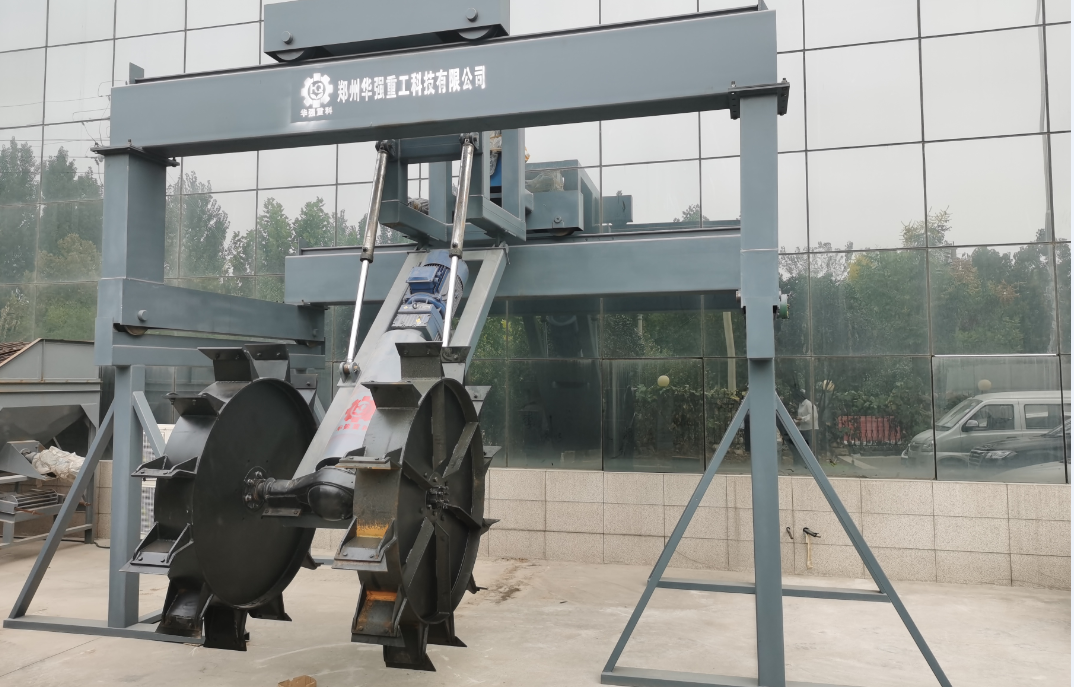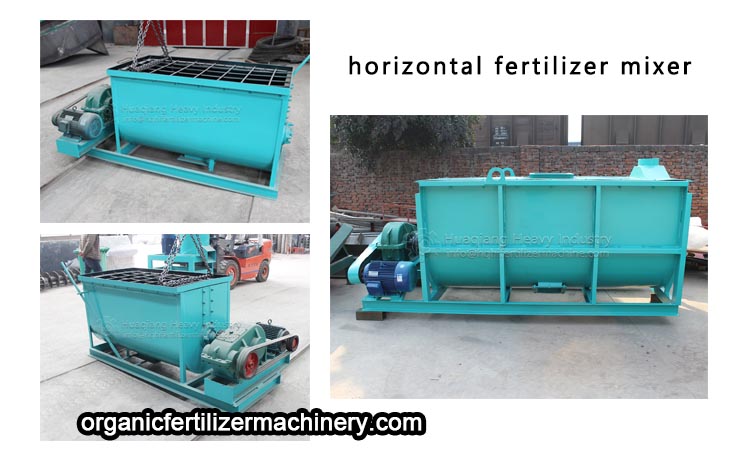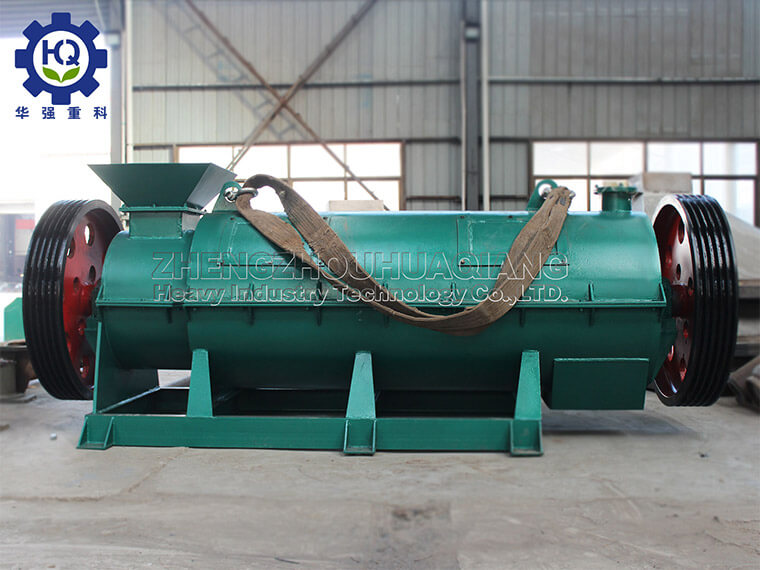The wheel type Organic fertilizer composter is suitable for the fermentation and composting of pig, cattle, sheep, chicken and other livestock manure, sludge garbage, sugar factory filter mud, residue cake, straw sawdust and other organic wastes, and is widely used in Manure plants, compound fertilizer plants, sludge waste plants, horticultural farms, and bisporus cultivation plants for fermentation, decomposition and moisture removal. Compared with traditional slot type composting machines, the wheel type composting machine saves a lot of space, has a wide range of flipping, deep flipping depth, uniform flipping, and high flipping efficiency.
Equipment structure and performance characteristics of wheel type Organic fertilizer composter:
1. The wheel type composting machine adopts an intermediate chain transmission mechanism, which drives two large diameter flipping wheels, symmetrical flipping, no dead angle adjustable displacement trolley, left and right displacement, and low energy consumption to complete the large-span flipping work.
2. When stacking materials at a deeper depth, a unique energy-saving transmission mechanism is used to achieve high depth and large span plowing operations with less power.
3. The hydraulic lifting system of the wheel type composting machine can automatically lift the turntable, ensuring that the wheel type composting machine equipment can move without obstacles.
In addition, the fully automated electrical control system equipped with the wheel type composting machine further ensures convenient operation, safety, and reliability of the equipment. The wheel type composting machine can be customized with different spans according to the width of the fermentation tank.

Features of wheel type Organic fertilizer composter:
1. Automation control
The control cabinet is centrally controlled and can achieve manual or automatic control functions.
2. Compact structure and advanced technology
Utilizing some beneficial microorganisms can promote the rapid decomposition of organic waste such as livestock and poultry manure. Adopting a unique tank type continuous aerobic fermentation technology, organic waste is quickly decomposed, dehydrated, sterilized, and deodorized, achieving the goal of harmless, resourceful, and reduced treatment, with low energy consumption and stable product quality.
The wheel type composting machine is suitable for aerobic fermentation and can be used in conjunction with solar fermentation chambers, fermentation tanks, and transfer machines. When used in conjunction with a moving machine, it can achieve the ability to use multiple slots in one machine.
3. Durable and sturdy
The tooth extraction is sturdy and durable, with a certain ability to break and mix materials. The wheel type composter has a large production volume and is mainly suitable for large-scale Manure production lines. The price is relatively high, generally between RMB 150000 and RMB 300000.
How to operate the disc Organic fertilizer tipper? What are the daily maintenance tips:
1. The disc tipping machine comes into direct contact with materials during operation, and its corrosion is strong. Therefore, the dirt adhered to the flipping machine, especially the dirt on the chassis, should be cleaned in a timely manner. If there is any peeling of protective paint, it should be repainted.
2. Regularly check the tightness of the transmission chain of the disc flipper and adjust it in a timely manner. When the tension adjustment still cannot meet the requirements, several chains can be removed to make it meet the requirements; If it is found that the rotation between the transmission chain links is not smooth, it should be lubricated with butter or engine oil in a timely manner; The walking support bearings and the mixing shaft rotating support (integrated with the upper) on the chassis should be regularly lubricated with grease for lifting support bearings.
3. Before using the gearbox, it is necessary to check whether there is oil in the wheel disc tilting machine. After the initial 100 hours of operation, replace the oil with a new one. Next, replace the oil every 1000 hours of operation, with a maximum interval of one year.
4. After 200 hours of operation of the hydraulic system of the disc tipping machine, all hydraulic oil should be prevented and controlled, impurities in the hydraulic system filter should be removed, and whether the filter element needs to be replaced should be checked; Determine whether to reuse the filtered hydraulic oil based on its cleanliness. When discharging hydraulic oil, the cylinder rod should be retracted back into the cylinder barrel first; The hydraulic system should be cleaned every 800 hours of operation.





.jpg)

.jpg)

.jpg)